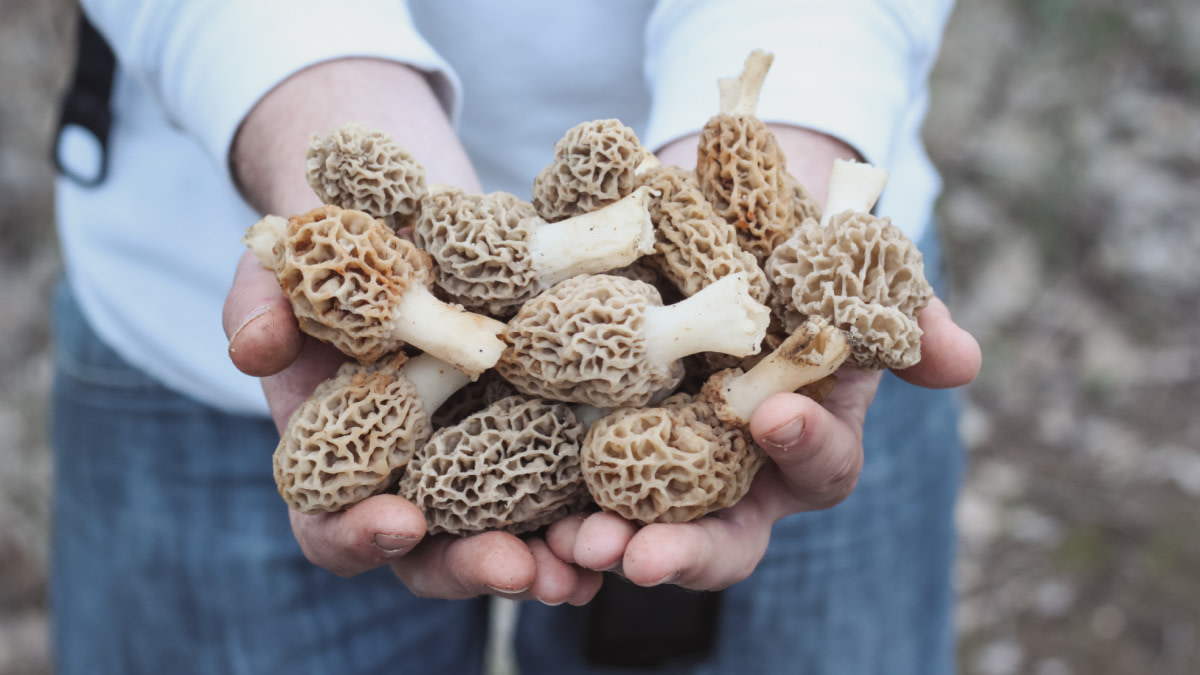
Myths, lies and old wives’ tales loom large in the outdoor pursuits. Here at MeatEater, we’re dedicated to separating facts from bullsh*t, so we created this series to examine suspect yarns. If there’s a belief, rumor or long-held assumption you’d like us to fact check, drop us a note at factchecker@themeateater.com.
Claim
When you find a morel mushroom, you should pinch or cut the stem at ground level. This leaves the “roots” in the soil and increases the odds that it’ll propagate there again next year.
Origin
This claim has been around for as long as humans have eaten fungus. My foraging mentor taught me to pinch morel stems, and his mentor taught him the same.
This belief is so widely held that it almost feels silly to dispute. In a recent polling of hundreds of foragers, I found that only about 6% of mushroom hunters pull morels instead of pinching or cutting.
Facts
Morel mushrooms don’t have a volva (or “roots,” as most folks refer to them). Instead, they are the fruiting body of an underground organism called a mycelium. So, what does that mean?
Harvesting a morel is like harvesting an apple. In this analogy, the mycelium is the apple tree and the morel is the apple. When you pick an apple, you aren’t damaging the tree or affecting its ability to produce more fruit next year. Similarly, when you pull an entire morel out of the ground, you aren’t damaging the mycelium or affecting its ability to produce more mushrooms next year.
The most comprehensive study on this subject is currently taking place in Oregon. Since 1986, researchers have been surveying 10 plots of chanterelle mushrooms in the Mount Hood National Forest. They harvest every mushroom within these plots via pulling or cutting.
“Turns out that in the cut plots, yields have decreased (but only very slightly) over time,” Britt Bunyard wrote in a 2012 issue of Fungi. “And, more surprising to the group, in plots harvested by simply pulling out the mushrooms, yields have actually gone up during the 25 years of this study.”
Although comparing chanterelles to morels isn’t exactly apples to apples, they do have a lot in common. For example, chanterelles are also fruiting bodies that grow from a network of mycelium. Based on this study—the best evidence available—it might actually be beneficial to pull rather than pinch.
Takeaway
This is probably the single biggest misconception in the world of foraging. And, admittedly, it’s something I got wrong for nearly a decade.
The reality is that pulling a morel isn’t bad for next season’s crop. Take that little bit of extra stem if you want, and don’t feel guilty when other foragers give you dirty looks.
Related



Wildlife Management
Fact Checker: Will a Mother Bird Abandon Her Baby If You Touch It?




Conversation